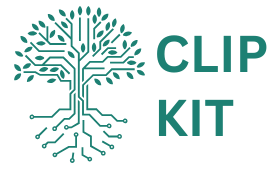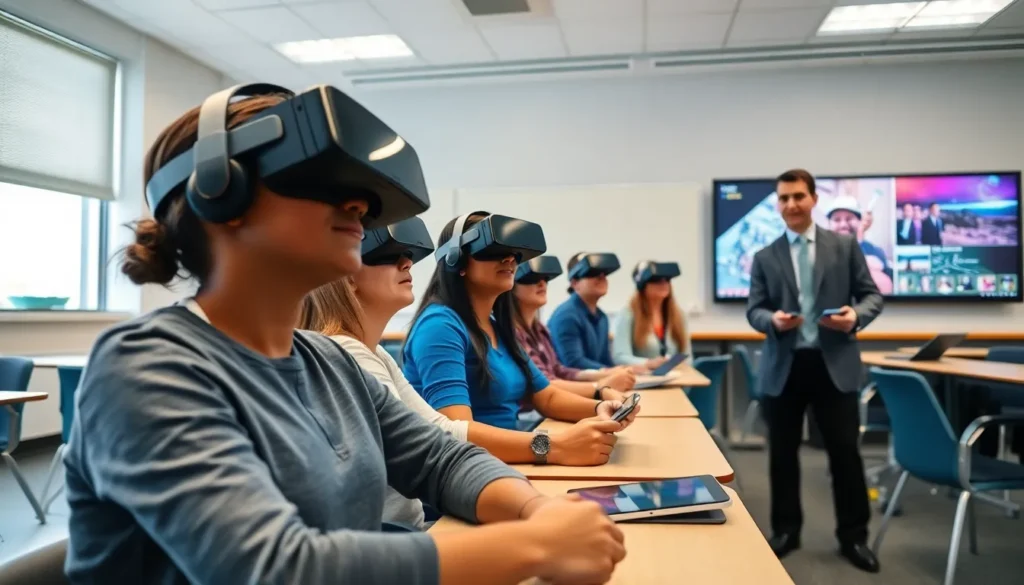Table of Contents
ToggleIn today’s fast-paced world, procurement is undergoing a revolution, one byte at a time. Emerging technologies are not just trendsetters: they’re the new superheroes saving the day for businesses. With superheroes come superpowers, and here we’re talking about Artificial Intelligence, Blockchain, and even the quirky Internet of Things. Intrigued? You should be. This isn’t just your average tech talk: these advancements are creating waves in the procurement landscape. Grab your favorite beverage, sit back, and let’s jump into the high-tech universe of procurement.
Overview of Procurement Technology Trends

The procurement sector is experiencing a significant transformation driven by technological innovations. Organizations are leveraging digital solutions to enhance efficiency, reduce costs, and improve decision-making processes. These procurement technology trends emphasize automation, transparency, and data intelligence as key elements. Companies are not merely adopting technology as a tool: they are integrating it as a core component of their business strategy to thrive in a competitive market. The shift is evident in how procurement professionals are embracing cloud-based platforms, AI-driven solutions, and predictive analytics to streamline operations and foster collaboration. The ongoing trends signal that the future of procurement is not only bright but also rife with opportunities for savvy organizations.
Artificial Intelligence and Machine Learning
Artificial Intelligence (AI) and Machine Learning (ML) have transcended their former roles of novelty and are now embedded in procurement practices. These technologies enable organizations to analyze extensive datasets, identifying patterns that would be nearly impossible for humans to detect. With AI, procurement professionals can predict demand, optimize supplier management, and even anticipate market fluctuations.
Also, machine learning algorithms can efficiently process past purchasing histories to recommend future procurement strategies. For instance, they can flag irregular spending habits and suggest corrective actions, leading to smarter and more efficient buying decisions. The result? Enhanced negotiation strategies, reduced risks, and better supplier relationships. Eventually, AI and ML are transforming procurement from a reactive function into a proactive strategy.
Blockchain Technology in Procurement
Blockchain technology is making waves in procurement by increasing transparency and tracking abilities. This decentralized ledger system allows stakeholders to trace the origin of goods seamlessly and ensures authenticity at every stage of the supply chain. Supplier verification becomes a breeze, making it easier to establish trust among partners.
Besides, smart contracts, self-executing contracts with the terms directly written into lines of code, reduce the chances of disputes. By automating contract management, organizations can save significant time and resources, ensuring compliance against pre-defined criteria. As the capabilities of blockchain continue to evolve, its application in procurement is expected to reduce fraud and enhance overall operational efficiencies.
Cloud-Based Solutions for Procurement
Adopting cloud-based solutions has become an indispensable strategy for modern procurement. These solutions provide flexibility, allowing teams to collaborate in real time from anywhere in the world. Accessibility is a game-changer, especially for companies with global operations.
Cloud platforms also enable better data sharing, further enhancing transparency in supplier relationships and procurement processes. These digital environments allow for quick scaling, ensuring that organizations can adapt to market changes and procure resources as needed without unnecessary delays. Also, cloud solutions often come with built-in analytics tools that provide valuable insights, fostering well-informed choice-making.
Internet of Things (IoT) in Supply Chain Management
The Internet of Things (IoT) is another groundbreaking force in the procurement landscape. With IoT, everyday devices equipped with sensors and connectivity collect data that can be crucial in managing supply chains. Imagine trucks equipped with sensors providing real-time location data and environmental conditions. This information allows organizations to track shipments more accurately and proactively address potential delays or issues.
Besides, IoT devices can monitor inventory levels automatically, alerting procurement teams when stock is low. The seamless connectivity facilitates a more responsive supply chain, enabling organizations to act swiftly in meeting customer demands while managing costs efficiently. As IoT technology evolves, its integration will only deepen, offering unprecedented levels of operational control.
Enhanced Data Analytics for Procurement Decisions
Data analytics has become the backbone of procurement strategies today. The ability to mine, analyze, and interpret data allows organizations to make informed choices rather than relying on gut feeling. Advanced analytics tools enable procurement teams to evaluate supplier performance, optimize ordering processes, and identify cost-saving opportunities.
Predictive analytics, a subset of data analytics, can anticipate future trends based on historical data, enabling businesses to plan more strategically. This capability fundamentally changes how procurement operates: decisions are now grounded in empirical evidence rather than intuition. As organizations invest in sophisticated analytics platforms, they are not just keeping up: they are setting themselves ahead of competitors.
The Future of Procurement: Predictions and Challenges
Looking ahead, the procurement landscape is set for further transformation. Experts predict advancements in AI and automation will become more ingrained in procurement practices, leading to faster decision-making and reduced bureaucratic hurdles. But, challenges such as data security and the need for skilled personnel to manage these technologies will remain prominent.
Integrating new technologies requires not just investment in tools, but also a cultural shift within organizations. Employees must be adequately trained to use these innovations effectively. Also, businesses must remain agile, adapting quickly to technological changes while maintaining a keen eye on industry trends. The organizations that thrive will be those that embrace change, harness technology, and foster a culture of continuous improvement.




